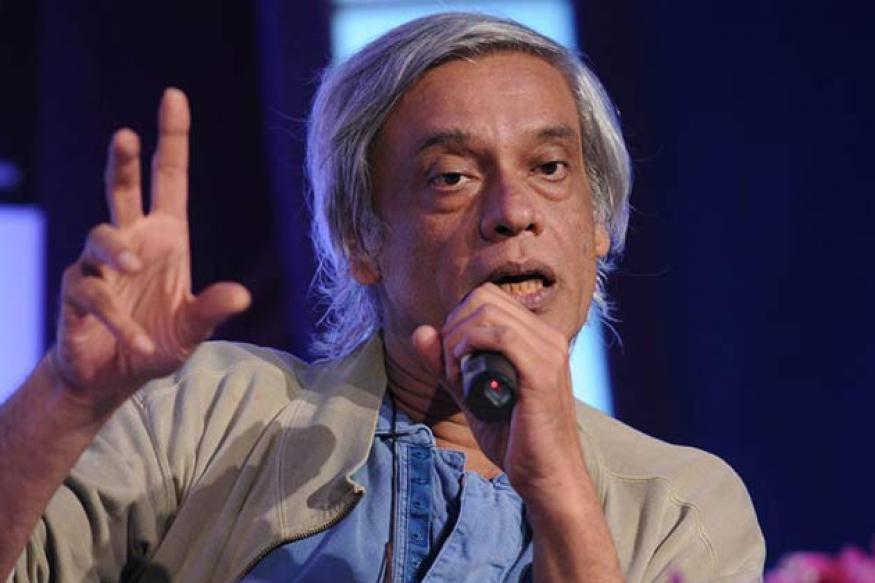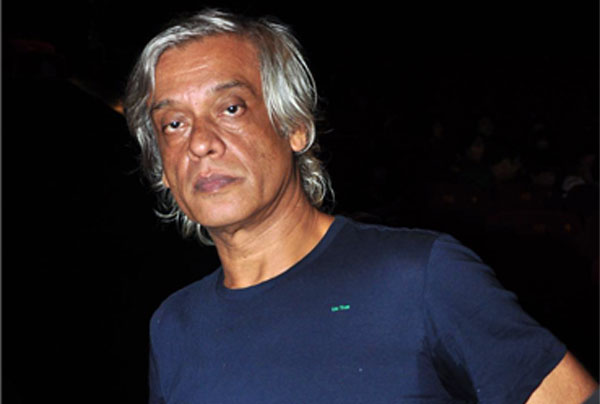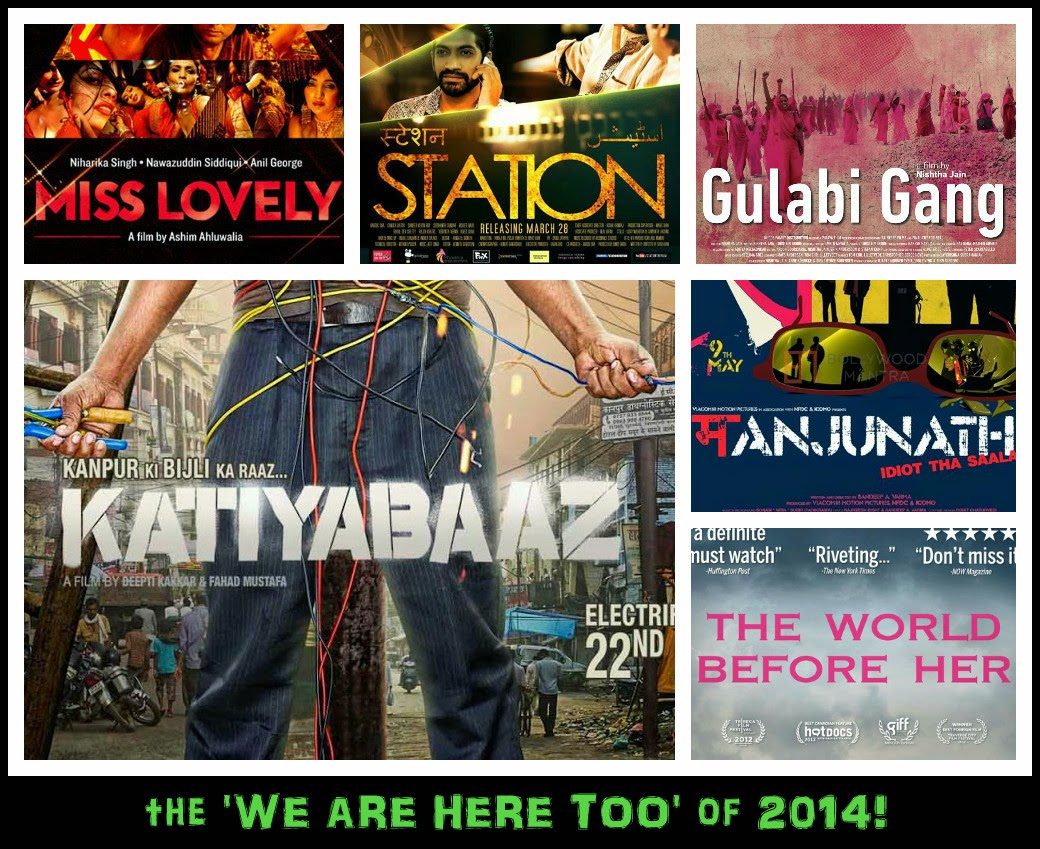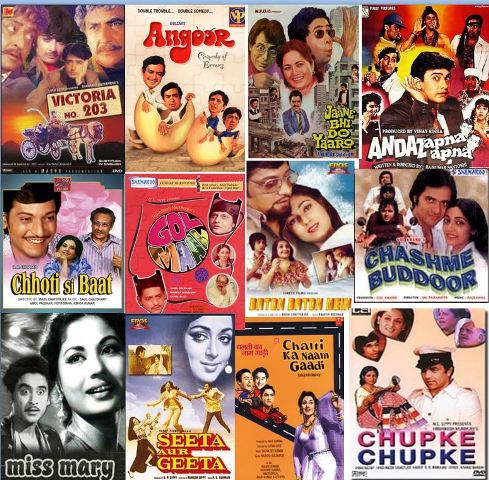In a conversation, Jean-Luc Godard once said about Robert Bresson’s filmmaking, “Bresson is remarkable because he is someone who, despite the violence involved, penetrates to the very depths of a human being.” Godard implies how vulnerable a filmmaker becomes when he or she ventured into the abysmal, unfathomable depths of human mindscapes and how to abstract the concepts like morality, right, wrong, good, bad, beauty, and ugliness becomes. Such filmmakers make movies that breathe desires and dreams of their characters and the dialogues and monologs in those movies flow out of the innermost, dark chambers of protagonists.
Bresson’s 1956 classic, Pickpocket end with a touching scene of the protagonist Michel, after an eventful life of pickpocketing, jailbreak, treachery, booze, and women, realizes his love for Jeanne. Both meet at the jail corridor, separated by iron bars and exchange their newly found passion for each other. Around 50 years later, Hazaaron Khwaishein Aisi, the 2005 Hindi movie, end with a shot in which a political lobbyist, after a life full of betrayal, opportunism, bribery, lobbying, and desperation, leans his mutilated body on the shoulders of his lost and found a woman, Gita. With a calm lake and sunset in the backdrop, they exchange their newly found dependence for each other.
Sudhir Mishra started his passionate and amorous relationship with cinema during his Lucknow days, where he had brought up. Even though born in Nagpur, Sudhir Mishra spent most of his childhood in Lucknow and his father, Devendra Nath Mishra, was an active and founding member of the Lucknow film society. So, movies were within reach of the young Mishra and to accelerate things, his ancestral home was the nerve center of many discussions spearheaded by DN Mishra and his brother Jitendra Nath Mishra. The enthusiastic uncles opened up windows for the young Mishra to movies and comics. Those classic movies screened by the Lucknow film society made indelible and decisive marks on Sudhir Mishra’s sensibility.
In addition to the passion for moving images, a flair for theater ignited when his parents, DN Mishra and Durga Mishra, shifted to Sagar. After completing schooling and graduation in Sagar, Sudhir Mishra set out for Delhi University, where he had shaped his persona of a provocateur. “The taste of the powerful, the taste of those who should be wise enough to know the opposites should also exist. The minorities should also exist. The other thing should exist. They all want to obliterate everything,” says Sudhir Mishra in the exclusive visual documentation of his life and work, Baavra Mann directed by Jaideep Varma.
Delhi welcomed Sudhir Mishra with the proper landing pad, Badal Sircar’s theater group, whose anti-establishment plays in the 70s were quite popular among the youth. Sudhir Mishra quickly adapted to the Sircar School of the theater with its numerous rehearsals and vibrant workshops, which were capable of charging a young man to see things with an inquisitive attitude and make question anything conventional. With the rebel and creative spirits at the high, Sudhir Mishra left Delhi and went to Bombay as his brother Sudhanshu Mishra enrolled in the Film and Television Institute of India, Pune.
Sudhir Mishra became a “standing out” student in the film institute in those days and frequented his brother’s room. Soon, Sudhir Mishra worked as assistant director and scriptwriter in Kundan Shah‘s Jaane Bhi Do Yaaron(1983), Saeed Akhtar Mirza’s Mohan Joshi Hazir Ho!(1984) and Vidhu Vinod Chopra’s Khamosh(1985). Cinema was embracing the young and enthusiastic young man from a theater background with all his passion and virility and the art form was evolving all around and inside him. His younger brother, Sudhanshu Mishra and his life partner, renowned editor Renu Saluja also became the two important people, among many others, in Sudheer Mishra’s career as a filmmaker.
Mani Kaul; Interludes Of A Wind Chime And An Invisible Man
In 1987, with the financial assistance of the National Film Development Corporation, Sudhir Mishra started rolling his debut directorial venture, Yeh Woh Manzil To Nahin. The recurring themes in his body of work, like the ideological struggle, disillusionment, conscientious quest, and rebellion, found their first marks in this pithy narrative of three friends who trudge all the way down to their student days. The movie not only bagged the award for Best First Film of a Director in the 34th National Film Awards, but also announced the arrival of a filmmaker who has a sensibility and consideration for “the other”, the downtrodden, the outcast, and the vulnerable individuals and most importantly, he was keen to capture them in the gray areas of their emotional and ideological dilemmas.
In his second feature, the 1988 flick Main Zinda Hoon, Sudhir Mishra depicted the shattering of personal self against an overarching and imposing society. The movie revolved around a naïve woman who replanted into the roaring metropolis of Bombay as a young bride, and what the society and its norms do to her. Sudhir Mishra allows his protagonist, Bina to pass through and experience the impacts of societal systems like marriage, family, wife-hood, single woman, and divorce, only to sink into a mental breakdown and finally open the doors of self-determination and identity.
Sudhir Mishra returned to the director’s chair in 1991 with the movie, Dharavi. The movie was a chronicle of the city of Bombay and its inhabitants who belong to multiple layers of urban habitat. Using the omnipotent privileges of a taxi driver protagonist, Mishra penetrated and untangled the complex, overlapping layers of lives that weave the cityscape. The movie went to places abroad India and became Sudhir Mishra’s first major breakthrough as a filmmaker at the international level.
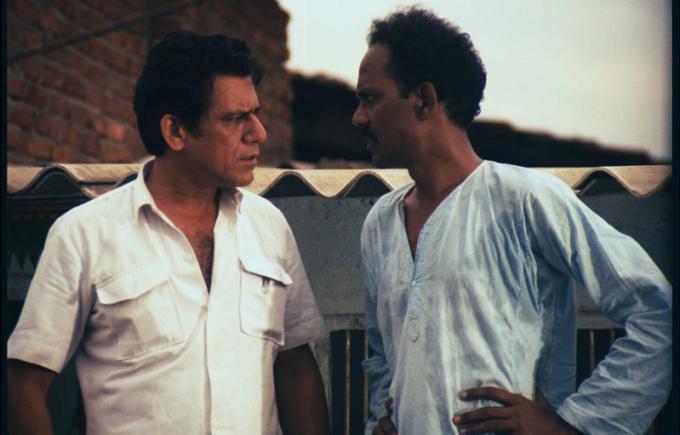
The city of Bombay became his muse once again when Sudhir Mishra turned up with the exotically dark and pulse racing gangster flick, Is Raat Ki Subah Nahin. Even though the movie was beautifully incorporated the specifications of a gangster and noir derivatives, it was mercilessly wiped out of the box office. Eventually, Is Raat Ki Subah Nahin became the flag bearer of Indian gangster flicks and inspired many filmmakers to test the soil with similar flicks. After a distasteful tryst with the templates of popular Bollywood movies in Calcutta Mail, the 2003 movie, which dealt with a father’s search for his abducted son and the crime syndicate he confronts with, Mishra quickly moved on to an experimental take.
John Abraham, Portrait Of A Lucid Messiah
Bombay, which was rechristened as Mumbai by then, became his muse again and Chameli unfolded in a single night. The 2003 movie not only revitalized Sudhir Mishra’s craft but also pushed the boundaries of Bollywood narrative beyond mediocre norms set by blockbusters. He had his vengeance against these morbid filmmaking norms by incorporating peppy songs and dance sequences into a deeply emotional tale of an accidental, platonic single night stand between a prostitute and a young financial adviser. Sudhir Mishra returned to his realm of desire, ideology, and disillusionment with Hazaaron Khwaishein Aisi, which completed in 2003 and came out in 2005 the movie eventually garnered the cult movie status and went on to become one of the major landmarks of Indian political cinema.
Set against the turbulent 70s, Hazaaron Khwaishein Aisi depicted the crisscrossed lives of a lost generation, driven by desire and ideology. Sudhir Mishra was at his emotive best in Hazaaron Khwaishein Aisi and documented the burning and conflicting mindscapes of the 70s. With a handful of carefully sketched characters, Hazaaron Khwaishein Aisi was Mishra’s head on with history and the unanswered questions buried under.

Khoya Khoya Chand, which was more autobiographical than his other movies, came out in 2007. The movie was set against the backdrop of Bollywood machine in the 50s and 60s and centered on the protagonist’s journey to become the iconic heroine of the time, amidst clashing amorous desires and egos. Sudhir Mishra was with Bombay when it became Mumbai, and the city was on its hind legs for another leap into its upgraded globalized avatar when he placed his next flick, Tera Kya Hoga Johnny. Mishra’s protagonist, Johny sells coffee in Mumbai streets and his life catapults when accidently messed up with a wicked scheme of loot.
Through Johny, the director reflects a dynamically changing cityscape and human lives trudged upon. After Tere Kya Hoga Johnny, Sudhir Mishra ventured once again into the Is Raat Ki Subah Nahin terrain in search of the darkest corners of the human mind. Yeh Saali Zindagi, a modern day crime noir, came out in 2011, along with its abundant dark and gray characters. His 2013 flick, Inkaar continued to explore the nuances of cosmopolitan, corporate habitats and, as a filmmaker Sudhir Mishra seemed to be more eager to hold his viewers close to the narrative, a move largely misunderstood as a compromise for commercial viability. Nevertheless, the movie stood on its own legs, holding all the Sudhir Mishra marks of characterization, narrative, and perspective.
A silver-line thread of desire connects all his eleven feature films and those movies depict various shades of desire dexterously. Those narratives are often driven by the desire of the lead character and hence character driven under the skin. They place themselves at a considerable distance from typical Bollywood flicks, which are driven by success formulaic plots. In Sudhir Mishra’s world, the plot plays as a carrier of the smoke, gun shots, wounds, tears, laughter, and blood from the chaotic and mortally dangerous world of desire. As a filmmaker, Sudhir Mishra often locks lips with the danger involved in such ventures and is as exposed and vulnerable as his characters to imminent attack from the status quo of power structures like family, judiciary, police, moral and cultural codes, political establishments, and gender hierarchy. His take on the women characters are empathetic but devoid of patronizing or glorification, and they enjoy a place at the helm in most of the narratives. They sail dauntless into the storms and rocks and establish a symbiotic relationship with their male counterparts in their struggle. Both his men and women are deeply rooted and inhabit the gray areas of right and wrong dichotomy. They sense and react to the immediacy of the epoch and act intuitively according to their desires, simultaneously ignoring and bearing the weight of ideology, history, tradition, and status quo.
His take on the women characters are empathetic but devoid of patronizing or glorification, and they enjoy a place at the helm in most of the narratives. They sail dauntless into the storms and rocks and establish a symbiotic relationship with their male counterparts in their struggle. Both his men and women are deeply rooted and inhabit the gray areas of right and wrong dichotomy. They sense and react to the immediacy of the epoch and act intuitively according to their desires, simultaneously ignoring and bearing the weight of ideology, history, tradition, and status quo.
Kumar Shahani, A Forgotten God And A Misplaced Image
As a filmmaker who stepped into the post parallel era of Indian cinema, Sudhir Mishra never turned his face away from popular artifacts in mainstream cinema like peppy songs and rapid dance sequences. He used them as a tool and an extension of the rich theatrical tradition of the country, and often those elements hold the viewer close to the narrative or share an important packet of information, within relatively small cinematic time. “If you find the right person and go to the right place, then those places speak to you. They tell you how to shoot it. You have to listen. And, things happen,” says Mishra in the documentary Baavra Mann. Being an intuitive filmmaker, he always adds more and more things to the idea of the movie while filming and allows his actors to evolve freely by letting them loose within the range of auteurial boundaries. His camera angles always see them at the eye level, as equals, and treat them with extreme empathy and love, irrespective of their goody or baddie onscreen persona. The camera movements are often carefully choreographed to allow the characters exploit their allowed spaces, a quality he inherited from the theater background and respecting their special preferences. However tiny the allotted spaces are, his characters never feel claustrophobic, unless there is some narrative trigger, in their spaces, and they dwell in unison with their surroundings.

As one of the major film producing nations in the world, India is yet to curate the oeuvre of its contemporary masters. Sudhir Mishra and his movies deconstruct and redefine the conventions of Bollywood at the cost of cash registers. But, he broke through the art commercial divide and placed his viewers and characters for a face-to-face, intimate interaction at the slippery, unstable, and ever-changing zone, where all the dichotomies come together and overlap. After a career spanning more than 30 years, Sudhir Mishra’s eleven feature films stand as eleven distinct pillars, waiting for intuitive, non-prejudiced and daring viewers. In a letter written from London, the ex-Naxalite protagonist of Hazaaron Khwaishein Aisi, Siddharth writes to Gita, “I hope the mysteries of the human body will be less confusing.” Sudhir Mishra, his characters and those who love his movies know that it’s not the way of life and Hazaaron Khwaishein Aisi, a thousand desires like this, connect us together.
Written By: Ragesh Dipu
© Bollywoodirect
Main Image Courtesy- news18.com

